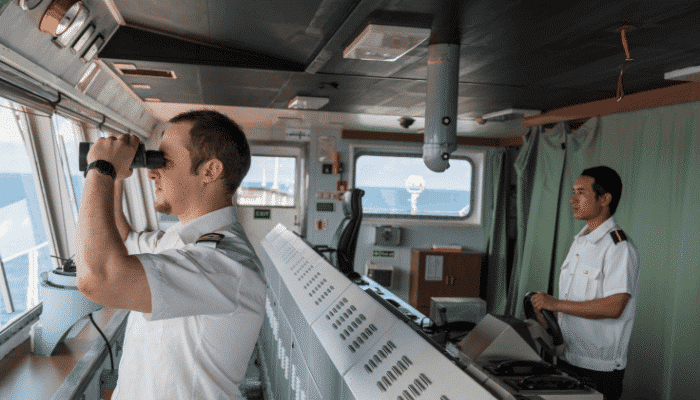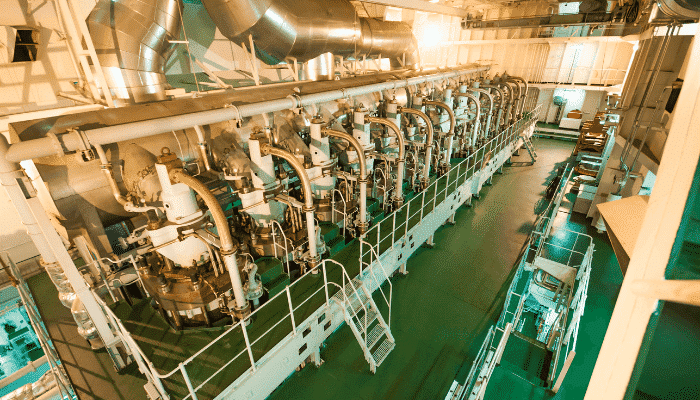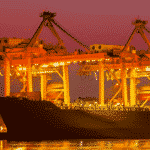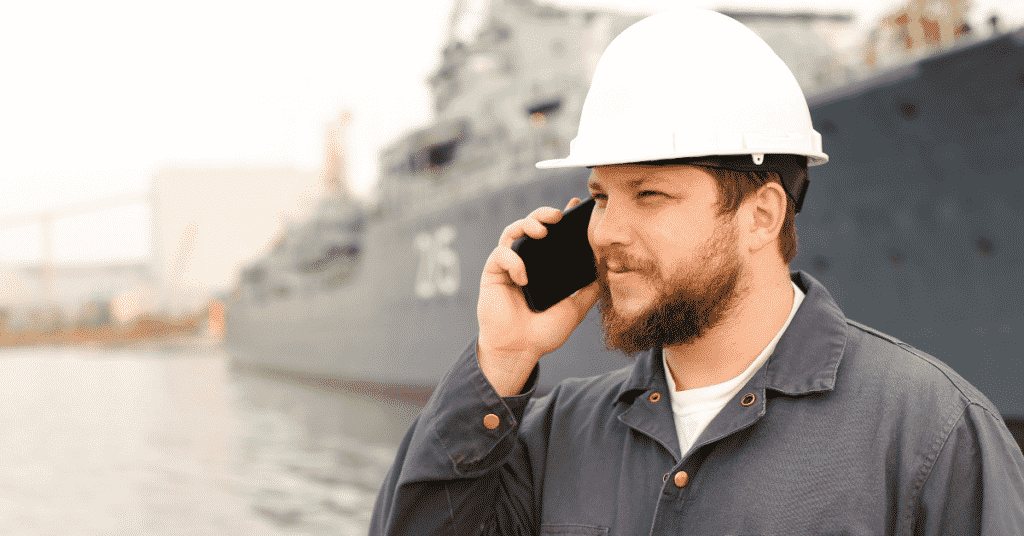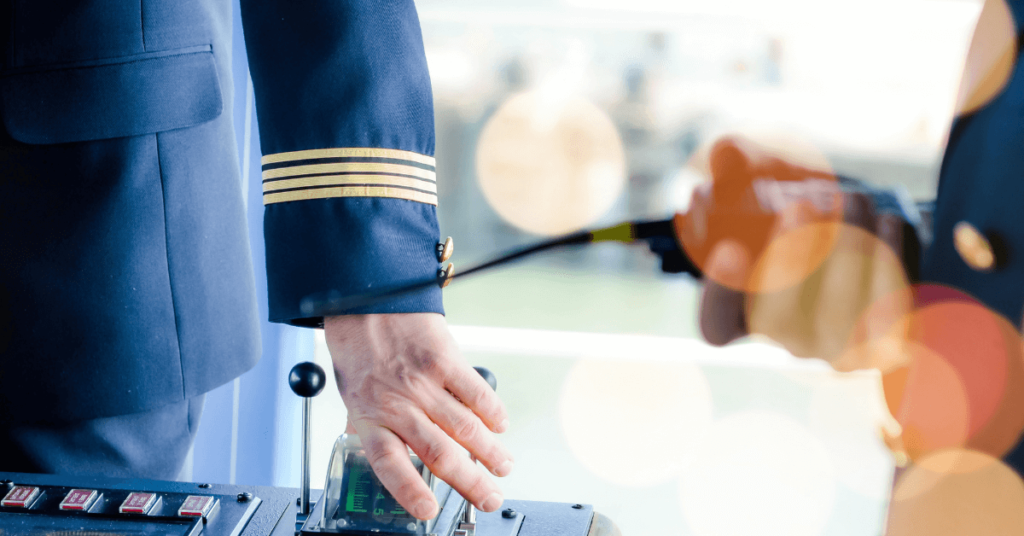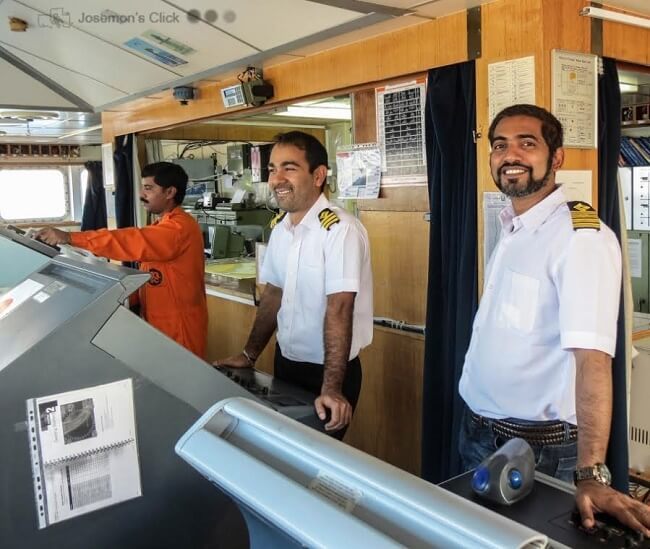Engineering Department Onboard Cruise Ships – A Detailed Guide
What comes to mind when we hear the word “Cruise Ship”?
Big, behemoth and beautiful seagoing vessels which resemble floating hotels, giant casinos, or floating theme parks?
Well, as glamorous as they may seem from the outside, a lot of discipline, punctuality & hard work goes into providing a unique experience of luxury, quality, comfort, fun, relaxation, safety & security for guests vacationing on them.
Many crew members work long shifts, putting in hours of hard work along with dedication, efficiency and attention to detail to ensure that guest needs are attended to as quickly as possible and that they only have the best experiences and the happiest memories of their limited time onboard.
An average-sized cruise ship typically has a passenger capacity of around 2000-2500 and a crew complement of 600-1000, which is predominantly divided amongst the following departments, viz., Deck, Engineering, Food & Beverage, Housekeeping, Sanitation, Guest Services, Laundry, Spa, Medical, Entertainment, Photography, Merchandise, IT, HR, Shore Excursions, Cruise Staff and Youth/Children’s activities.
Let me give a brief introduction of the roles and responsibilities of the various departments on board.
The Deck department is headed by the captain and has command of the ship. Safety, Security and Environmental departments also come under their purview.
They are also responsible for drills related to safety, security, pollution prevention and also related shipboard training of the crew-members.
In some companies, the carpentry and upholstery department also come under the Deck department.
The food and Beverage department, as the name suggests comprises everything that is food-related or culinary in nature. All the restaurants, galleys, chefs, stewards, bakery and bar department come under it.
The housekeeping department takes care of the upkeep of the guest & officer cabins and public spaces onboard whereas the sanitation department ensures that all the shipboard areas are sanitized and germ/infection-free.
The laundry department handles the clothes and linen of the entire ship and the Spa department offers personal care, grooming and wellness services for the passengers. In many cruise lines, these can also be availed by senior officers.
Food and Beverage, Housekeeping, Sanitation, Laundry and Spa all have their assigned managers who report to the Hotel Director, who is the overall in charge of all Hotel operations, of which these departments are part.
Entertainment, Photography, Merchandise, Shore Excursions, Guest Services, Cruise staff and Youth/Children’s activities departments come under the purview of the Cruise Director.
While Entertainment is responsible for casinos, stage shows, theatre screenings, stage & theatre technicians and equipment, the Photography department, as the name suggests, helps the guests to capture their precious moments onboard as photographs and make lasting memories through them with family & friends, while enjoying various activities and events.
The merchandise department is in charge of all the retail shops onboard which sell exotic items and articles such as jewellery, goodies and memorabilia to guests. They also run crew shops onboard which sell articles of everyday use and utility to crew-members, such as toiletry items, medicines and snacks.
Shore Excursions department’s job is to make the shore-side trips of the guests to exotic destinations at various ports of call, as easy, fun, safe, adventure-filled, inexpensive and entertaining as possible.
Cruise staff focuses on fun activities, trivia, games & competitions for the guests and crew alike, whereas Youth and Children’s activities focus specifically on youth and children’s entertainment and even provides day-care services for children, especially toddlers.
The guest services department is the interface between the guests and the ship staff/crew. Their job is similar to the job of the hotel front desk or reception. Any service requests such as cabin service requests as well as complaints such as a leaky cabin faucet etc. are made by the guests through them.
It is their duty to take these requests and/or complaints and pass them on to the concerned departments for action/rectification, provide feedback to the guests and assist them with any further follow-ups if required.
All the above have their specific line managers who report to the Cruise Director. The roles and responsibilities of some departments though can vary slightly from company to company.
In addition to the above departments, Medical, Information Technology and Human Resource are independent departments who have their own heads and report directly to the captain and the company.
The Medical department typically has 3 to 4 doctors and a similar number of nurses who work in shifts. It is headed by a senior doctor. They cater to both passengers and crew requiring medical assistance, at separate timings during the day. They are also the first responders for any medical emergency onboard.
The Information Technology department is responsible for all the computers, servers, programming, LAN, Ethernet, Wi-Fi, related hardware and software on board. Any network-related maintenance and troubleshooting onboard are carried out by them.
The Human Resource department is responsible for the orientation and familiarization training of new employees. They are also responsible for crew training pertaining to company culture and tradition, policies, leadership skills and management.
Any conflicts and complaints onboard, inter-departmental as well as intra-departmental, are handled by the HR department, in conjunction with other departments. Final decisions with regards to re-employment and termination of crew members are taken by the HR department, once again after consultation with other concerned departments.
The Engineering Department Of Cruise Ship
After a brief introduction to the roles and responsibilities of various departments onboard cruise ships, let us now focus on the main topic of our discussion in this article, the Engineering department, which covers all the technical & environmental operations of the vessel.
This department is headed by the Chief Engineer. The Staff Chief Engineer, Hotel Services Engineer, HVAC Engineer & the Chief Electrician, who are in charge of different engineering subdivisions, report to the Chief Engineer.
These subdivisions are – Main Plant & Environmental Engineering, Hotel Engineering, HVAC & Electrical/Electronics.
Let us look into each: –
Main Plant & Environmental Engineering
It comprises of all engine-room main & auxiliary machinery, viz., main Diesel Generators sets, Boilers, Compressors, Steering gear, Oily water separators, Purifiers, Evaporators, Pumps & Heat Exchangers. It also includes wastewater treatment and garbage handling plants.
This subdivision is headed by the Staff Chief Engineer who, in turn, is subordinated by the senior watchkeepers (2nd Engineers), the First Engineer and the Environmental Engineer.
There are usually three watchkeeping teams, each headed by a senior watchkeeper and comprising of junior watchkeepers (3rd or 4th Engineers) and a motorman.
On cruise ships, there are thousands of guests on board at any given time and there could be guest complaints requiring the immediate attention of the technical department, at any time of the day or night, such as a vacuum toilet not working, a leaky shower or a broken sprinkler head etc.
The engine control room acts as not only a control centre for engine-room machinery but also as a communications centre where all the complaints/malfunctions or incidents related to technical equipment are communicated by other departments at any time as they occur.
In the above cases, it is the job of the senior watchkeepers who man the engine control room to attend such calls and communicate the concerns/complaints to the concerned in-charges, within the Engineering department.
Any hotel equipment related complaints, leaky cabin faucets or sprinkler heads, malfunctioning vacuum toilets to the Hotel department, any electrical equipment malfunctions to the Chief Electrical engineer and any AC/ ventilation related complaints to the HVAC engineer.
Therefore, unlike many cargo ships, the engine control room cannot at any moment, be left unmanned in UMS mode. The watchkeeping teams ensure that the engine room and the engine control room are manned 24 hours.
Each watchkeeping team also has certain assigned machinery under their responsibility. For example, one watch may be responsible for fuel oil system and purifiers, another may be assigned boiler & compressors, and the third may be in charge of freshwater generators and water treatment.
It is their responsibility to carry out maintenance as per PMS on their assigned equipment every day, in addition to their watchkeeping responsibilities.
This, in turn, is carried out ensuring that at no time the maintenance work affects the efficiency of watchkeeping duties. For any complicated maintenance requiring more time and manpower, they are provided assistance by the main plant team.
The First Engineer heads the main plant team and is the overall in-charge of engine-room machinery. He has a team of mechanics, fitters and wipers under him who help him in carrying out routine maintenance and overhauls of engine-room machinery.
All maintenance activities on the main diesel generators, engine-room pumps, heat exchangers, major repairs on boilers, preparation for boiler surveys, bunkering and any pipeline modifications/repairs within machinery spaces are handled by the main plant team.
The Environmental Engineer is responsible for the wastewater treatment plant and garbage-handling equipment and has designated motormen under him.
The sewage treatment plant and related pumps and equipment, black water units, screen presses, incinerators and food waste processing equipment come under his KRA.
Hotel Engineering
It is the name given to the subdivision of the Engineering department which deals with all the machinery that are not part of engine-room operations.
The Hotel Services Engineer helms it and is supported by assistant hotel service engineers, plumbers, fitters and a water technician.
Their responsibilities include safety equipment such as lifeboats & davits, sprinkler system, hydraulic side-shell doors, watertight doors, vacuum toilets, freshwater distribution lines in the accommodation and hotel machinery such as coffee-makers, ice-cream vending machines etc.
They are also responsible for chlorination and maintenance of all the swimming pools on board and in some companies, also for potable water treatment and chlorination. This is handled exclusively by the water technician who reports to the Hotel services engineer.
HVAC

HVAC stands for Heating, Ventilation and Air-Conditioning. It is helmed by the Chief AC Engineer, and he, in turn, is assisted by Assistant AC Engineers, AC Technicians, fitters and wipers.
Their areas of responsibilities pertain to the operation and maintenance of the main AC Chillers, which provide air conditioning all over the ship, Air handling Units, Ventilation fans, Refrigeration Machinery, Cold rooms, Chilled & heated water system and related heat exchangers.
Electrical Department
This department, as the name suggests, deals with every piece of equipment and installation, that is electrical or electronic in nature.
It is helmed by the Chief Electrical Engineer, who is sub-ordinated by the First electrician, Electronics engineer, 2nd electricians and assistant electricians.
It is one department that has a large scope of work as electrical installations and equipment are everywhere on the ship, many of them requiring everyday checks and maintenance, both regular and breakdown.
Almost all passenger vessels have high voltage installations, mostly 6.6 kV or 11 kV. This is because, since current demand is high, a higher voltage is adopted so that conductor size, and consequently electrical losses, can be reduced.
The high voltage switchboards require special training and procedures, with regards to electrical safety, which cruise ship electricians are equipped and certified with.
They are also responsible for electrical propulsion systems, which propel most cruise ships, related transformers and converters.
Therefore, as we saw, from propelling the ship to wonderful destinations, providing power to the entire ship, maintaining passenger comfort and hygiene whilst ensuring that they have uninterrupted enjoyment onboard and complying strictly with safety and pollution prevention regulations, the diverse roles and responsibilities that the Engineering department takes up, makes them critical for cruise ship operations.
You might also like to read:
- Top 10 Most Expensive Cruise Ships in 2021
- A List of Unique and Interesting Marine Careers
- 50 Marine Careers Essential Guide
- What is Naval Architecture: Careers, Courses And Jobs For Naval Architects
- A Career in Logistics: A Detailed Guide
Disclaimer: The authors’ views expressed in this article do not necessarily reflect the views of Marine Insight. Data and charts, if used, in the article have been sourced from available information and have not been authenticated by any statutory authority. The author and Marine Insight do not claim it to be accurate nor accept any responsibility for the same. The views constitute only the opinions and do not constitute any guidelines or recommendations on any course of action to be followed by the reader.
Do you have info to share with us ? Suggest a correction
Related Posts
Subscribe To Our Newsletters
By subscribing, you agree to our Privacy Policy and may receive occasional deal communications; you can unsubscribe anytime.
Web Stories




